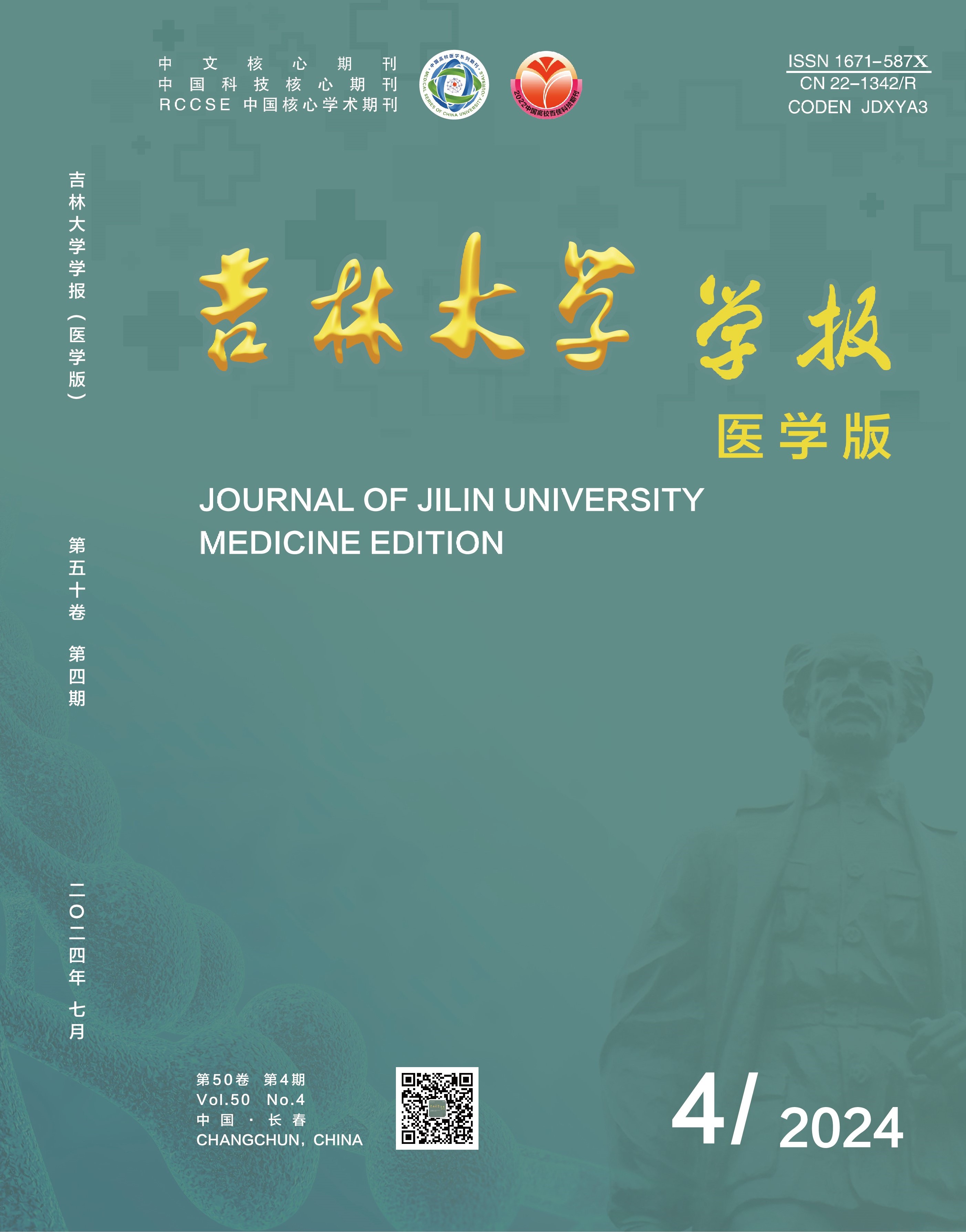Objective: To investigate the expressions of Smad2 and Smad4 in breast carcinoma tissue, and to analyze their relationships with oncogenesis and development of breast carcinoma and significances. Methods: Fifty-three samples of breast ductal carcinoma tissue and 50 samples of surrounding normal tissue were selected. The expression levels of Smad2 and Smad4 in cancer tissue and surrounding normal tissue were detected with immunohistochemical S-P method, and the relationships between the expression levels of Smad2 and Smad4 and the clinicopathologic parameters of breast carcinoma were evaluated. Results: The expression level of Smad2 protein in the breast carcinoma tissue was significantly higher than that in the surrounding normal tissue(z=-2.08, P < 0.05);the expression level of Smad4 protein in breast carcinoma tissue was lower than that in the surrounding normal tissue(z=-5.01, P < 0.01). In breast carcinoma tissue, the Smad2 and Smad4 expressions were not significantly correlated with age(r=0.035, P > 0.05;r=-0.077, P > 0.05), tumor size(r= 0.128, P > 0.05;r=0.133, P > 0.05), lymph node invasion(r=0.163, P > 0.05;r=0.006 P > 0.05),distant metastasis(r=0.113, P > 0.05;r=0.126, P > 0.05), ER expression(r=0.056,P > 0.05;r=0.047, P > 0.05)and PR expression(r=0.129, P > 0.05;r=0.107, P > 0.05). However, the expression levels of Smad2 and Smad4 were negatively correlated with the expression of HER2 (r=-0.388, P < 0.01;r=-0.360, P < 0.01)and pathological grade(r=-0.331, P < 0.05;r=-0.388, P < 0.01).The expression of Smad2 was positively correlated to the expression of Smad4 in breast carcinoma (r=-0.83, P < 0.01). Conclusion: The expressions of Smad2 and Smad4 may play an important role in the development of breast carcinoma, and they may be used as the potential biological markers for evaluating the degree of malignancy and prognosis of breast carcinoma.

 Table of Content
Table of Content
 Guide to Authors
Guide to Authors


